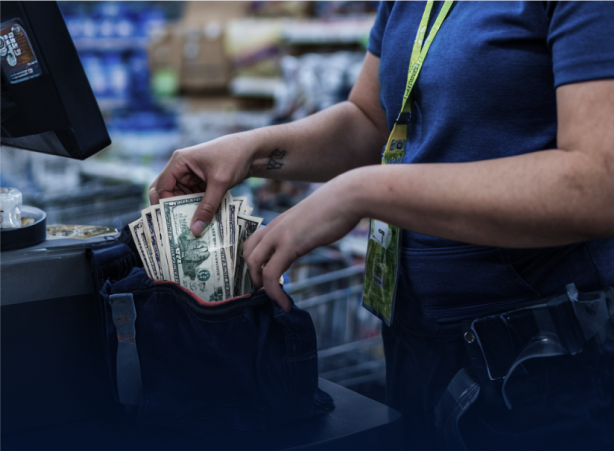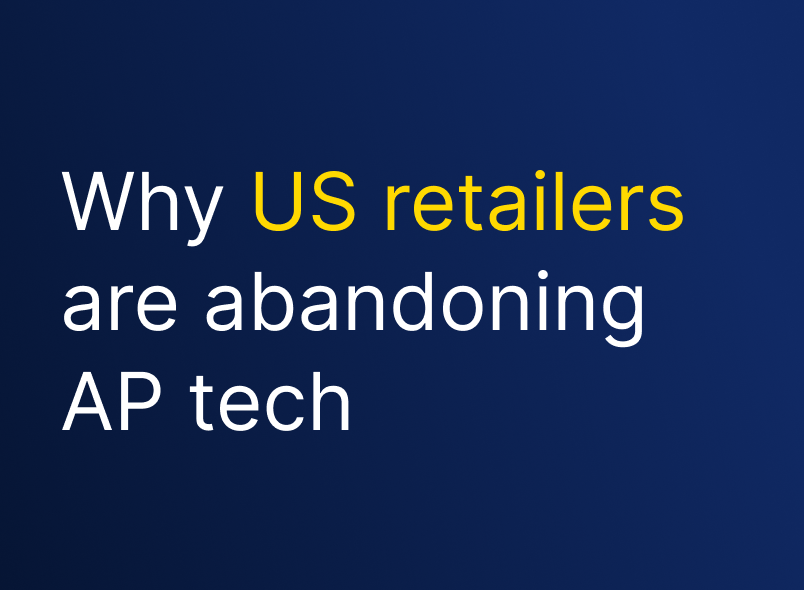There have been many articles published recently including this one, focusing on what the crime trends and loss prevention (LP) will look like as we come out of the retail lockdown caused by Covid-19. There are a few key themes emerging across all of these articles:

The difference between the post-global financial crisis (GFC) economy and the post-Covid-19 economy will be significant as highlighted in this article by Bloomberg. For retailers to survive and more importantly win in the new economy, a change in approach is needed.
Squeezing profit margins from both ends
With a likely recession around the corner, retailers’ revenues will be put under pressure. This combined with rising unemployment and projected increases in criminality (based on previous recessions) will put pressure on profit margins from both ends (revenue and cost). This will inevitably lead to organizations looking to reduce costs wherever possible. However, some smart investments in technology will help reduce shrink-related losses and increase profitability. For this to happen successfully, loss prevention pyramid leaders need to switch their LP function from being viewed as a cost center to a profit center within their respective organizations. Let’s examine the difference:

To become a profit center, LP functions need to become more accountable for the loss numbers across the organization and have KPIs linked to reducing loss. By doing so, LP investments focused on driving profitability will have a very high ROI compared to the equivalent sales and marketing investments. For example:
A 10% reduction in total loss will have the same impact to profit as a ~5% increase in total revenue. The investment to achieve the loss reduction will be significantly lower than the sales and marketing investment required to increase revenue!
Funding models are going to change
In the post-GFC economy, money has been very cheap and capital abundant. This has made it easier for organizations to invest in traditional loss prevention assets such as cameras and other physical assets. With cash reserves being used to sure-up businesses during the Covid-19 crisis, capital is going to be far scarcer in the new economy. Switching tact and focusing on technology platforms that leverage your existing physical asset investments, help you optimise your LP teams, and do not require an up-front capital spend whilst delivering value by creating efficiencies will be critical.
In the new economy, the ability for loss prevention teams to produce clear, concise, and compelling business cases, with a strong ROI is critical. To do this effectively there are three key elements that LP leaders need to focus on:

1. Prove out the value of investments through a trial / pilot
Data is going to become an even more important currency, having technology that not only delivers a direct ROI but also provides you with the data and insights needed to optimise other investments will super-charge your business case. For example, looking for solutions that will reduce shrink whilst also enabling the optimization of other investments in technology and services, such as cameras and asset protection associates. The best way to prove this value is through an effective pilot - showing decision makers how the value will be delivered specifically within your organization.

With the possibility of your teams being asked to do more with less it can feel daunting when thinking about planning and executing a pilot. Don’t be afraid to challenge your solution partners to take more of the responsibility. They are the experts, they should be able to lead a majority of the planning process, draft training, and help you remove roadblocks. This is also another chance for you to evaluate their long-term partnership ability, it’s important you can trust them and their product after the pilot phase.
2. Jointly develop the ROI model with internal and solution partners
Once you have made a decision on the right technology solution for you, the best way to sell it to the decision makers is to work with the experts to build the ROI model. A collaborative approach to this is critical. Involving your finance team and the solution partner in the business case development process will ensure the best case is put forward, it is written in a way decision makers will understand, and meets the investment criteria of your organization.

3. Build relationships with key decision makers
Having the right political capital inside your organization is also going to be critical in the new economy (when has it not been, right?). The best advice I can give is to bring in key stakeholders early in the process. Having key finance and operations stakeholders involved in the project from the early stages will foster more ownership of the business case and solution respectively.

It is time to take control of the change before it takes control of you.
The move from cost center to profit center isn’t an easy one. Yet for LP teams to thrive, let alone survive in the new economy, it is going to be a necessary one. Don’t let the lockdown delay action; start pulling together your post-Covid-19 strategy and map out the potential solution partners that are going to support you to make a difference in the new economy.
Our thoughts are with all those who are impacted by COVID-19. We wish a speedy recovery to those that are ill, and to the retail economy in general. We also want to express gratitude to the AP/LP professionals on the front line who are working hard to keep everyone safe, calm, and reassured during these times.
About the Author
Rhod has a degree in Economics and Management from the University of Oxford and is the Chief Customer Officer at Auror. He has worked across the globe as both a Management Consultant for Deloitte and Head of Procurement for large corporations. In this article he shares his unique perspective as both the seller and buyer of enterprise technology.






.png)
.png)